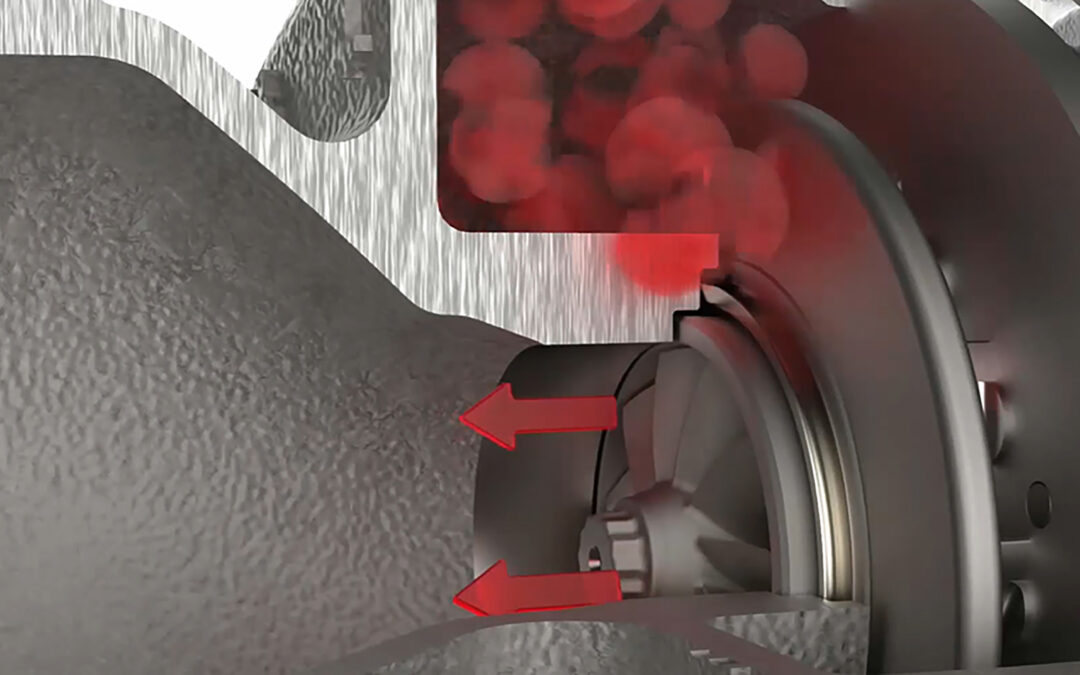Variable Geometry has been a popular way to turbocharger diesel powered vehicles for the past 20-30 years. VG is an attractive technology as it can provide a high boost pressure from low to high speed engine ranges. Due to the VG nozzle vanes, the turbocharger can switch between a small and large throat area depending on the engine speed. This reduces the turbo lag at low engine speed compared to a waste gate turbocharger, without adding too much boost at higher engine speeds.
In recent gasoline engine developments, the Miller cycle and EGR are used to increase efficiency. This means that the turbocharger requirements have changed and variable geometry turbocharging for gasoline engines has become more beneficial. Modern gasoline engines operate on high exhaust temperatures to reach legislation emission levels. For this, a new material compositions has been developed that are suitable for these high exhaust temperatures. VG for gasoline is forecast to be one of the biggest trends in turbocharging in the coming years, helping car manufacturers to achieve increasingly strict emissions legislation in Europe and globally.



